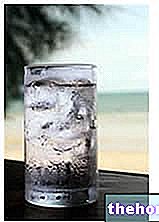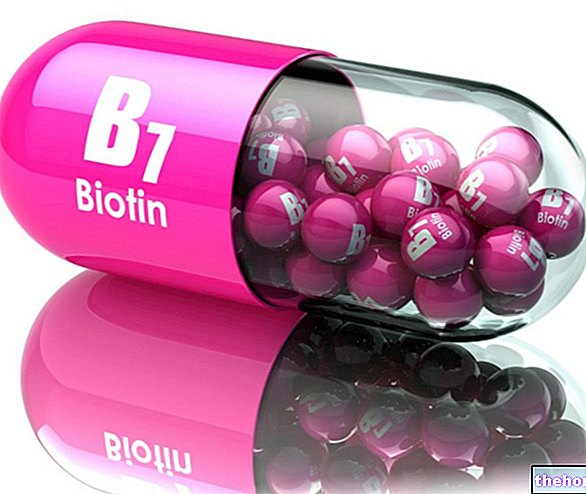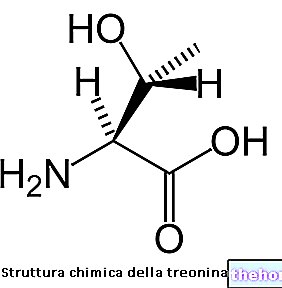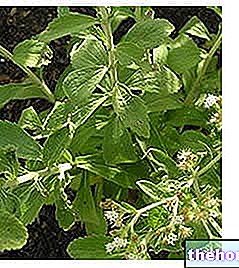ATTENTION! This article is for informational purposes only. The author of the article, limiting himself to reporting what is necessary for the nutritional system in question, refrains from any comment and does not intend to advise or advise against following it.

Remember that the glycemic index (GI) corresponds - in a simplistic way - to the speed with which carbohydrates, after digestion and absorption, are released into the blood. Hence, the higher the glycemic index of foods, the greater the rise in blood sugar and the resulting insulin response.
In this regard, the zone divides carbohydrates into:
- Favorable, which have a low glycemic index and poor stimulating effect on insulin secretion;
- Unfavorable, which have a high glycemic index and induce an equally high insulin peak.
They are beneficial carbohydrates: all vegetables, except carrots and all fruits, except bananas and raisins.
They are unfavorable carbohydrates: starches and cereals. So they are to be avoided: bread, pasta, potatoes, rice.
rich in saturated fats and arachidonic acid, a polyunsaturated fatty acid that leads to the formation of bad eicosanoids.
The best protein sources are: fish, white meats, especially chicken and turkey breast, ostrich meat, egg white and low-fat cheeses.
Acceptable protein sources are, for example, lean pork (such as loin, fillet and thigh), cuts of white meat (such as rabbit), lean cured meats such as bresaola and defatted raw ham.
The worst choices are, on the other hand, sausage, offal, egg yolk, red meat, etc.
Plant-based proteins are also a good choice, but their absorption is reduced due to the fiber.
we have to get other fats from the diet.
The first responsible for the adipose increase would in fact be the excess of carbohydrates and the insulin fluctuations, not the dietary lipids.
Logically you have to know how to choose, as some lipids - if in excess - are potentially harmful while others allow you to improve health and get into the area. Furthermore, fats slow down the absorption of carbohydrates, giving a much slower insulin response.
Favorable fats are contained (quantitatively) mainly in plant foods:
- monounsaturated omega 9 oleic acid, found mainly in olives and extra virgin olive oil;
- polyunsaturated omega 3 alpha linolenic acid, found in some oil seeds (such as flax) - almost always in combination with good doses of omega 6 linoleic acid.
Also excellent choice are the fats contained in fish and algae, rich in precious omega 3 (eicosapentaenoic acid and docosahexaenoic acid)
The unfavorable fats are mainly arachidonic acid contained in red meat, yolk, offal and all saturated fats such as whole milk, butter, lard, lard, palm oil and palm kernel etc.
Even the hydrogenated and fractionated fats, represented in margarines and frying oils, contained in fried foods and in almost all sweet and savory snacks, are potentially harmful.




























